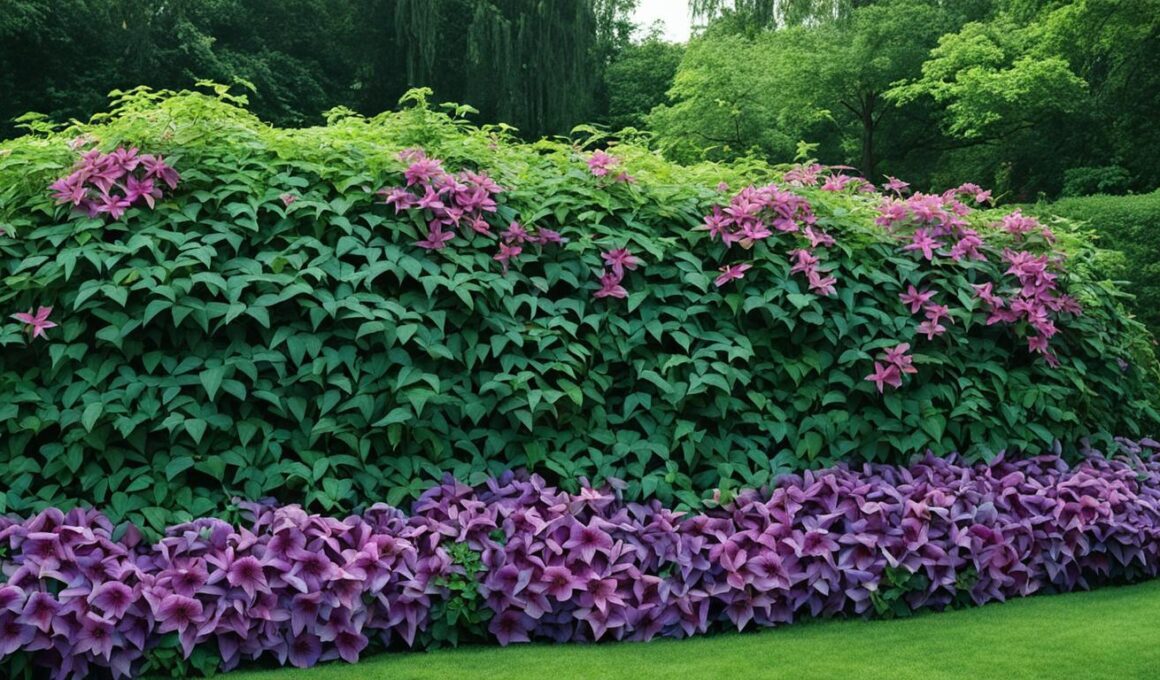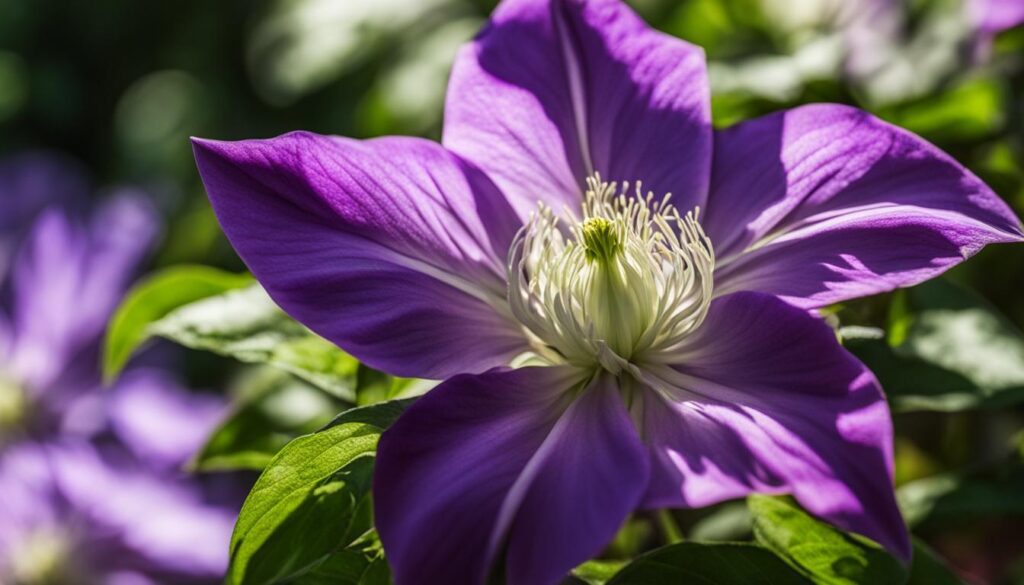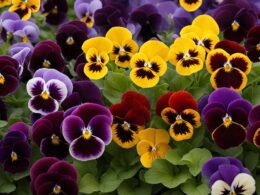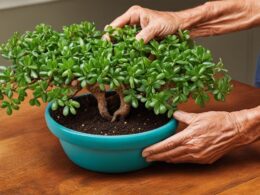Clematis is a beautiful flowering vine that can add color and fragrance to any outdoor space. The blooming season of clematis varies depending on the species and variety. Some clematis bloom in the spring, while others bloom in the summer or fall. The timing of the bloom can also be influenced by factors such as sunlight, USDA zone, and soil quality. To enjoy vibrant flowers from your clematis, it is important to know the optimal planting times and care tips. By understanding the specific blooming characteristics of different clematis varieties, you can create a garden with continuous blooms throughout the growing season.
When planning your garden, it’s essential to consider the blooming season of clematis to ensure a visually stunning display. Certain clematis varieties thrive in specific seasons, allowing you to enjoy beautiful blooms throughout the year. As with any other plant, proper care and attention are crucial for optimal results.
In the following sections, we will explore the factors that influence the bloom time of clematis, including the different clematis species and flowering groups. We will provide valuable gardening tips, such as pruning, fertilization, and watering techniques, to help you achieve the most vibrant clematis flowers. Additionally, we will introduce recommended clematis varieties known for their extended blooming periods, allowing you to create a garden that blooms from spring through fall.
So, let’s dive in and discover the secrets to when clematis bloom and how you can create a garden filled with vibrant flowers that captivate your senses.
Factors Affecting the Bloom Time of Clematis
When it comes to the bloom time of clematis, there are several key factors that play a role. Understanding these factors can help you care for your clematis and ensure it blooms beautifully. Let’s take a closer look at each of them:
- Clematis species and varieties: Different clematis species and varieties have their own specific blooming times. Some clematis bloom in the spring, while others bloom in the summer or fall. It’s important to know the blooming characteristics of your specific clematis to anticipate when it will flower.
- Flowering groups: Clematis plants are classified into three main flowering groups based on their blooming style and timing. These groups include Group 1 (spring bloomers), Group 2 (repeat bloomers), and Group 3 (late-season bloomers). Understanding which group your clematis belongs to is crucial for proper pruning and care.
- Pruning: Proper deadheading and pruning can make a significant impact on the bloom time of your clematis. By removing spent blooms and pruning the plant after each blooming cycle, you can stimulate new growth and encourage the formation of new buds, leading to continuous blooms throughout the season.
- Fertilization: Fertilizing your clematis with a balanced fertilizer that contains phosphorous and potassium can provide the necessary nutrients for optimal blooming. Be sure to follow the recommended fertilization schedule for your specific clematis species to promote healthy growth and abundant flowers.
- Watering: Adequate watering is essential for clematis to bloom. Keeping the soil consistently moist, especially during dry periods, helps prevent root dehydration and ensures the plant has the energy to produce flowers. However, it’s important not to overwater, as excessive moisture can lead to root rot.
By considering these factors and providing the necessary care, you can help your clematis thrive and enjoy its beautiful blooms. Here’s an image that depicts the vibrant flowers of clematis:
Recommended Clematis Varieties for Extended Blooming
To enjoy an extended blooming period of clematis, there are specific cultivars and hybrid varieties that are known for continuous or extended blooming. These varieties have been bred to bloom throughout the summer and fall, providing a longer display of flowers.
Some popular cultivars include Allanah, Gypsy Queen, Jackmanii, Star of India, Ville de Lyon, Polish Spirit, Red Cardinal, and Comtesse de Bouchard. These clematis varieties offer a wide range of colors and flower shapes, ensuring there is a perfect option for every garden.
By planting these varieties along with spring-blooming and fall-flowering clematis, you can create a garden with continuous blooms from spring through fall. Overlapping the blooming periods of different varieties allows you to enjoy a spectacular flower display throughout the growing season.
Whether you have a small patio or a sprawling backyard, these recommended clematis varieties will surely enhance the beauty of your outdoor space with their continuous bloom and vibrant flowers. Experience an extended flowering period and create a floral wonderland that will impress your neighbors and bring joy to your daily life. Start planning your clematis garden today!
Can Begonias and Clematis Be Planted Together?
Yes, begonias and clematis can be planted together in the garden. However, it’s important to consider the sun requirements for begonias when choosing their planting location. Clematis prefers full sun, while begonias thrive in partial shade. Planting them in a spot that meets both of their needs is key to their success.










